The jawless eel-like fish, sometimes called “water vampires” because they latch onto their prey and suck blood through their funnel-shaped, toothed mouths, have been uncertain about how their prehistoric ancestors fed due to a lack of fossil evidence.
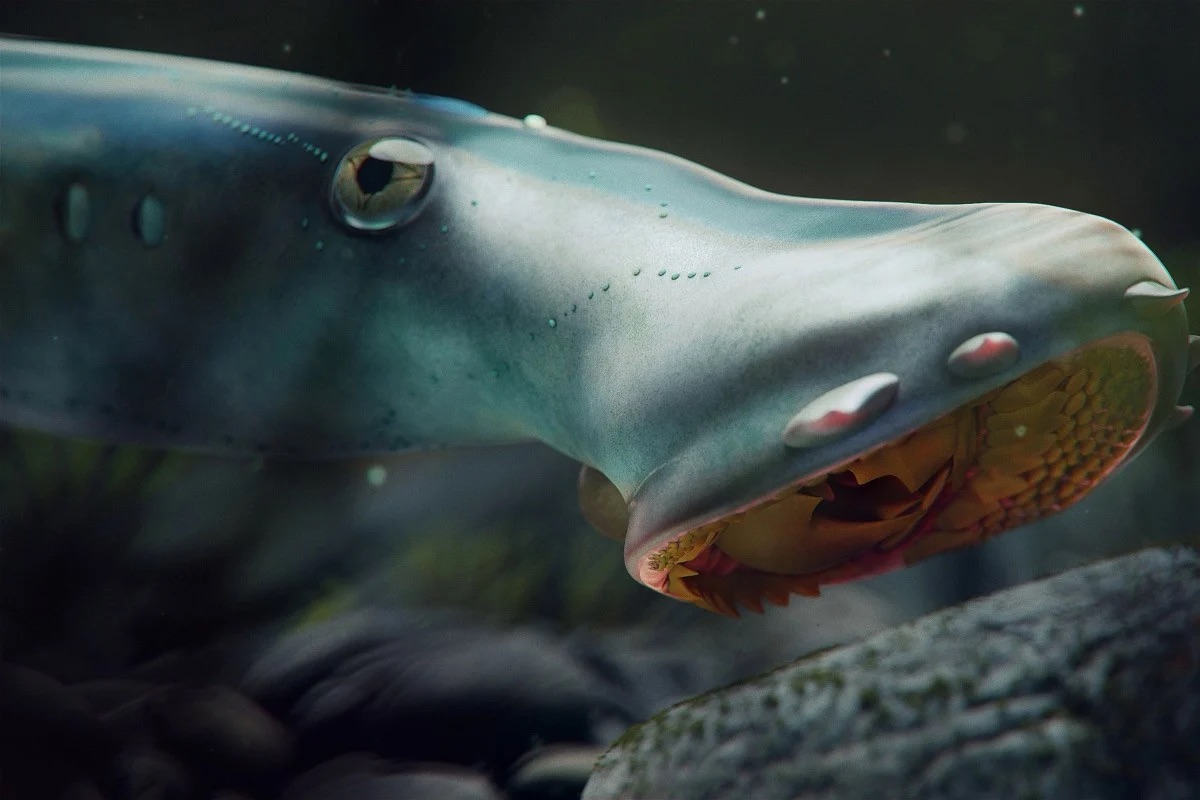
Simulation of the shape of a lamprey from the Jurassic period. Photo: NICE Vistudio
But researchers working at Yanliao Biota – a large repository of Jurassic fossils on the border of modern-day Inner Mongolia, Hebei and Liaoning provinces – have now discovered fossils of two 160-million-year-old lampreys, shedding light on the evolutionary history of this group of animals.
Researchers from China and France analyzed fossil specimens - the largest of which was more than 60 centimeters long - and discovered that lampreys became predators during the Jurassic period, when dinosaurs roamed the Earth and had developed advanced feeding structures.
Fossils indicate that they were carnivorous and could grow up to 10 times longer than the first lampreys.
“Lampreys are amazing animals,” said lead author Wu Feixiang, a paleontologist. “These Jurassic lampreys have the strongest ‘bite structure’ of any known fossil lamprey, suggesting a predatory habit in the ancestors of living lampreys.”
Wu added that the new fossils have allowed researchers to reconstruct how the ancestors of today's lampreys lived, as well as their biology and evolution.
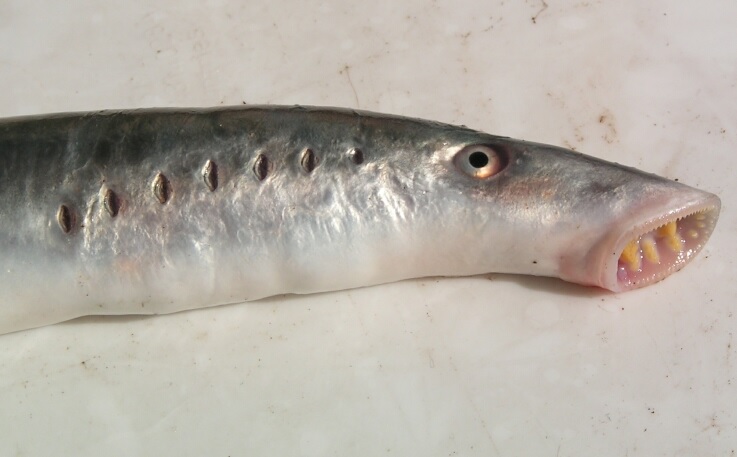
A species of lamprey today. Photo: Wiki
Modern lampreys are sometimes considered a threat to other fish, with previous studies suggesting they can kill about 40 to 60 percent of those they attack.
But Wu said they also play an important role in the ecosystem, transporting marine-derived nutrients as they migrate from the sea up rivers to spawn.
He also said studying them could help medical research because they have immune system cells similar to infection-fighting white blood cells in humans.
Mai Anh (according to SCMP)
Source



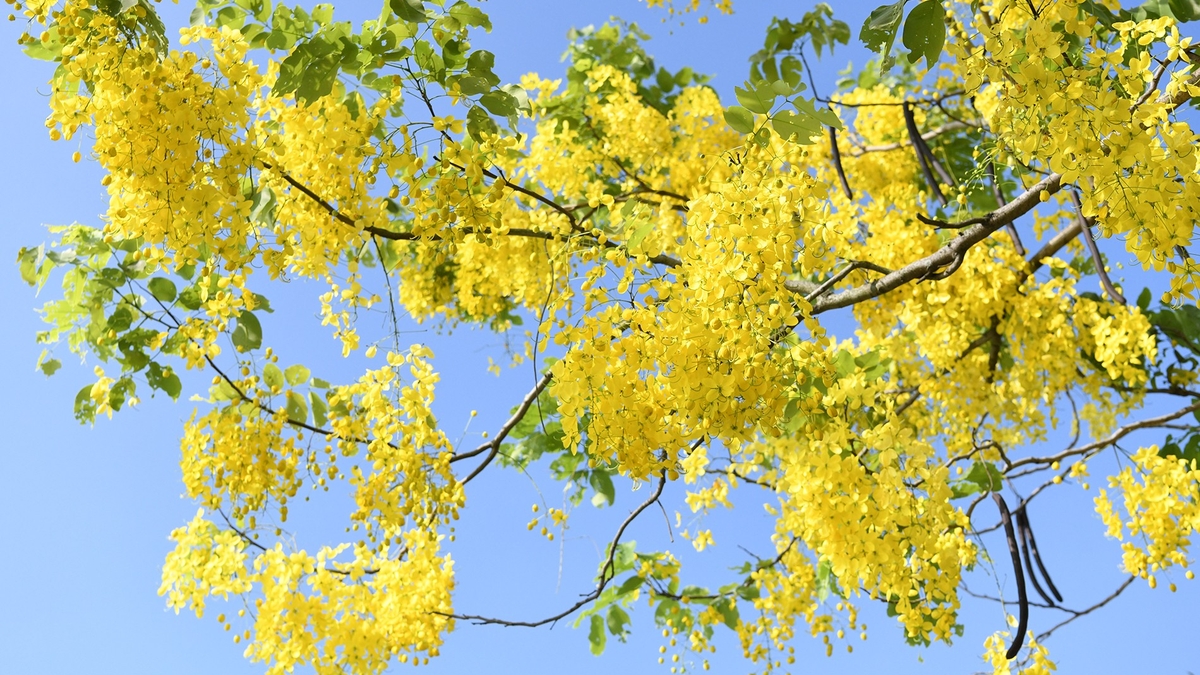

![[Photo] Vietnamese and Hungarian leaders attend the opening of the exhibition by photographer Bozoky Dezso](https://vphoto.vietnam.vn/thumb/1200x675/vietnam/resource/IMAGE/2025/5/29/94d8ceca5db14af3bf31285551ae4bb3)
![[Photo] Prime Minister Pham Minh Chinh meets with Hungarian President Sulyok Tamas](https://vphoto.vietnam.vn/thumb/1200x675/vietnam/resource/IMAGE/2025/5/29/dbcaa73e92ea4448a03fe1d0de6d68e8)





















![[Photo] Prime Minister Pham Minh Chinh receives a bipartisan delegation of US House of Representatives](https://vphoto.vietnam.vn/thumb/1200x675/vietnam/resource/IMAGE/2025/5/28/468e61546b664d3f98dc75f6a3c2c880)







































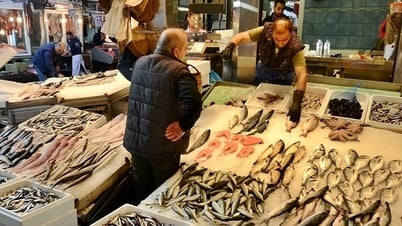



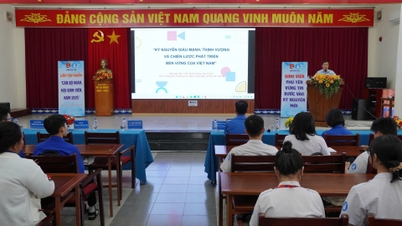



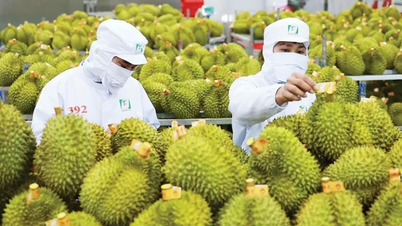











Comment (0)